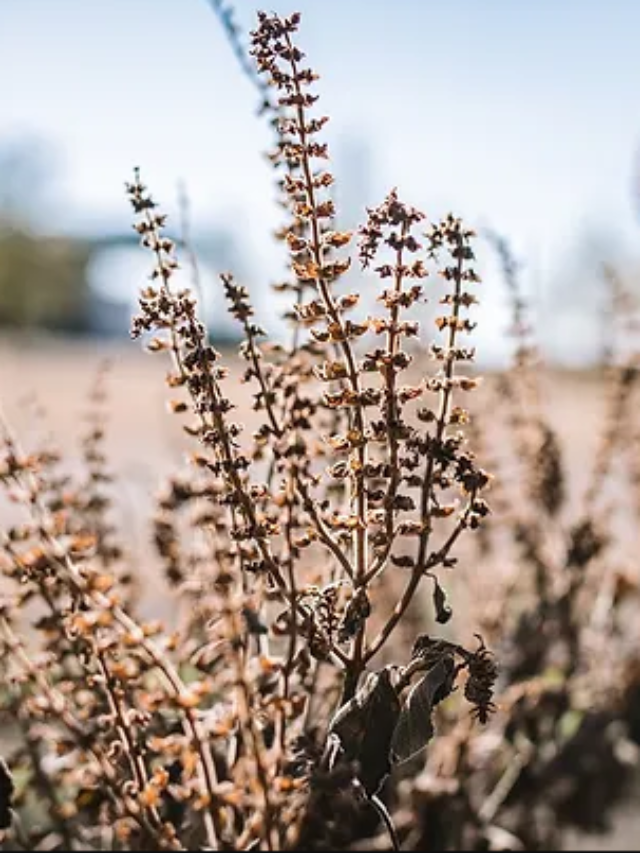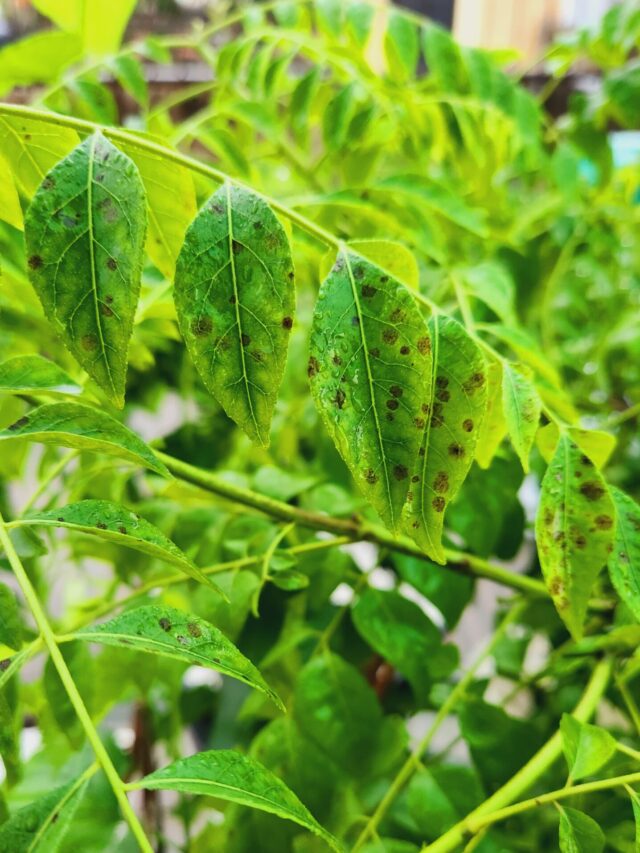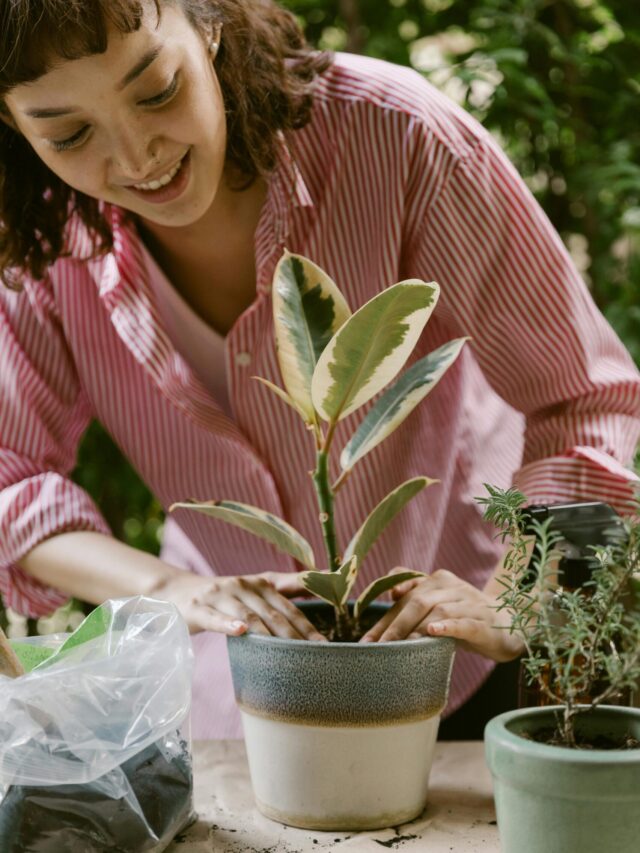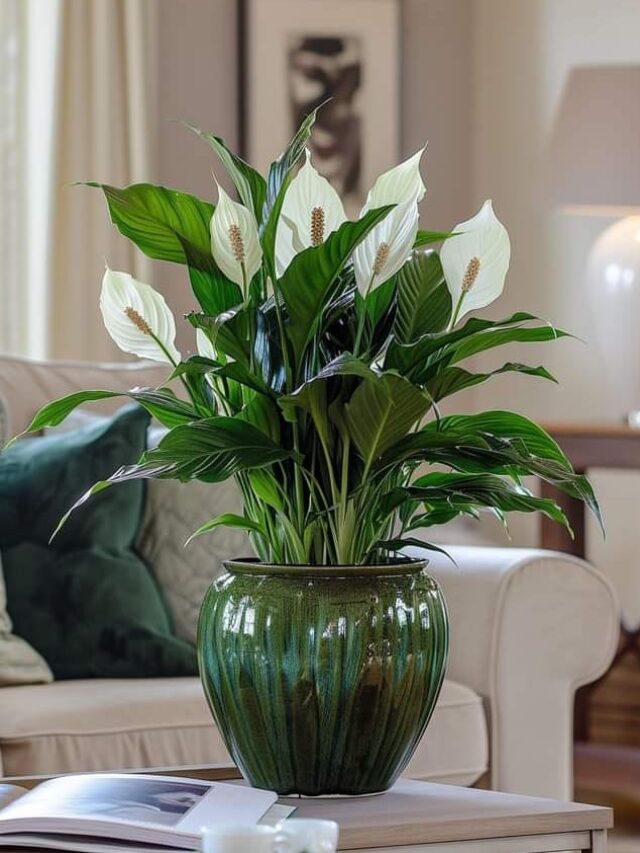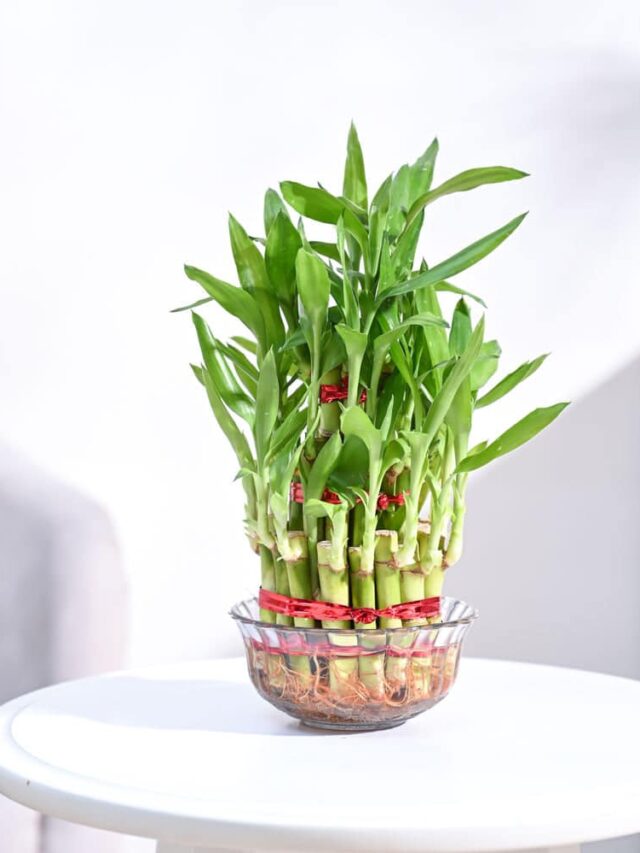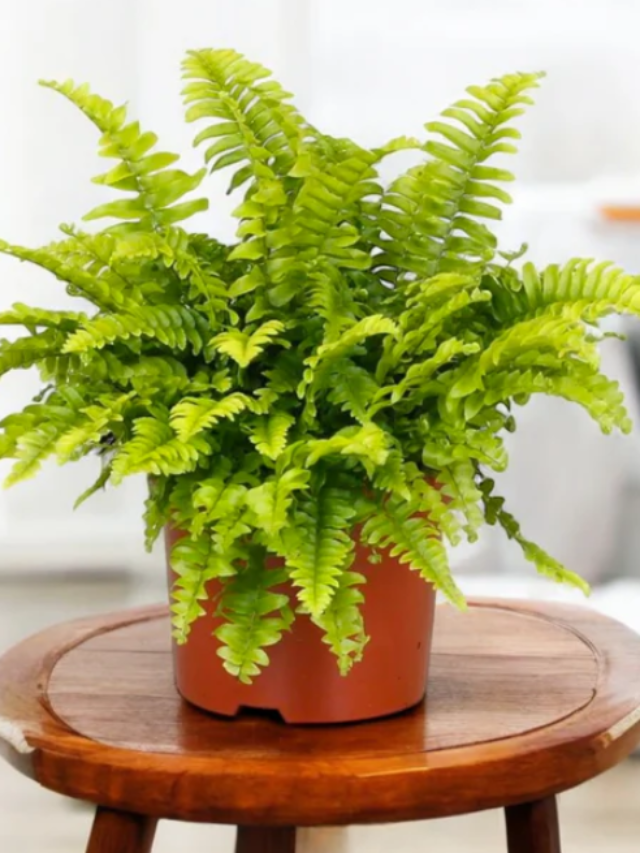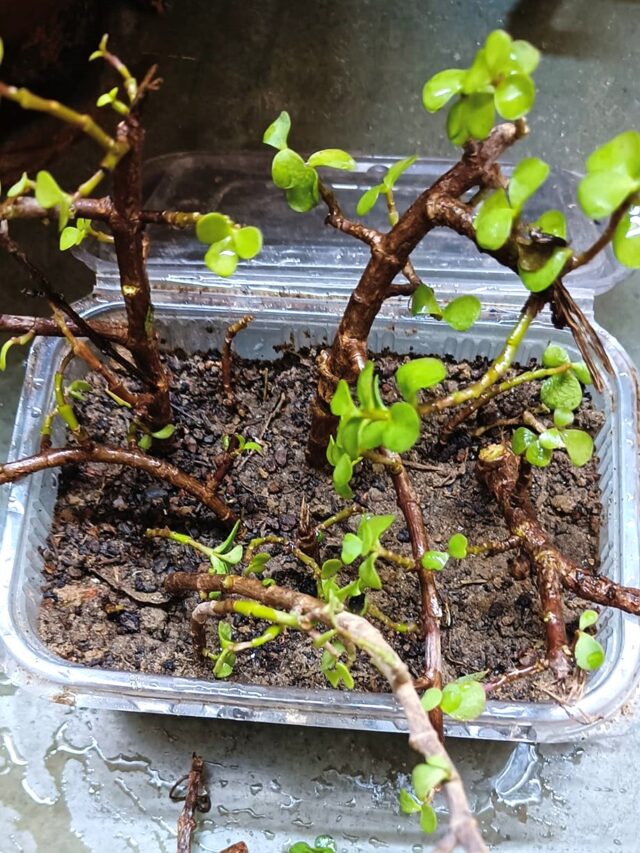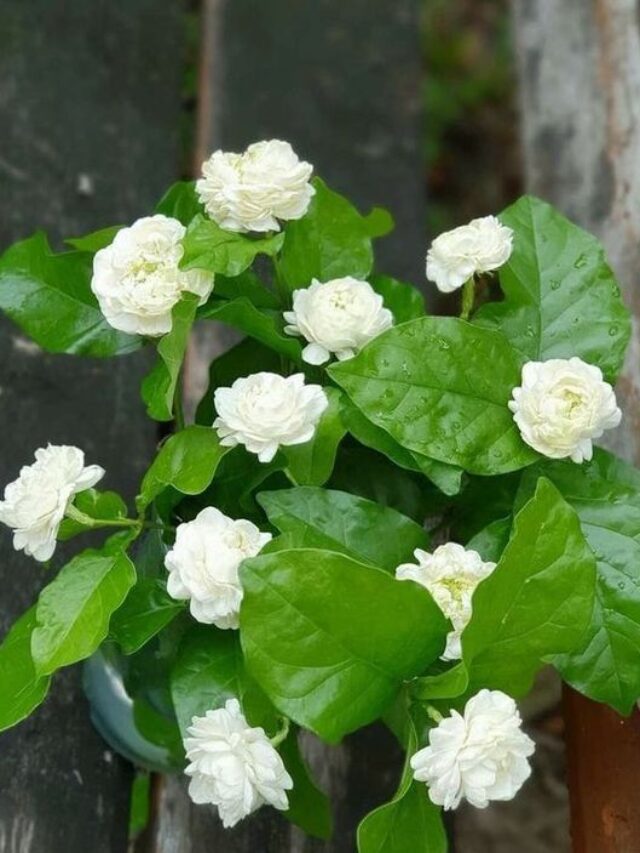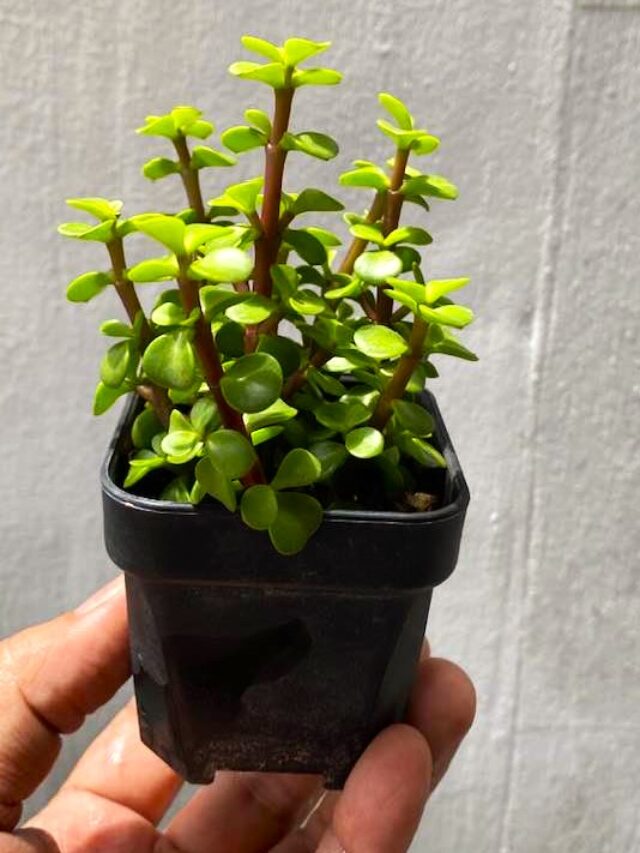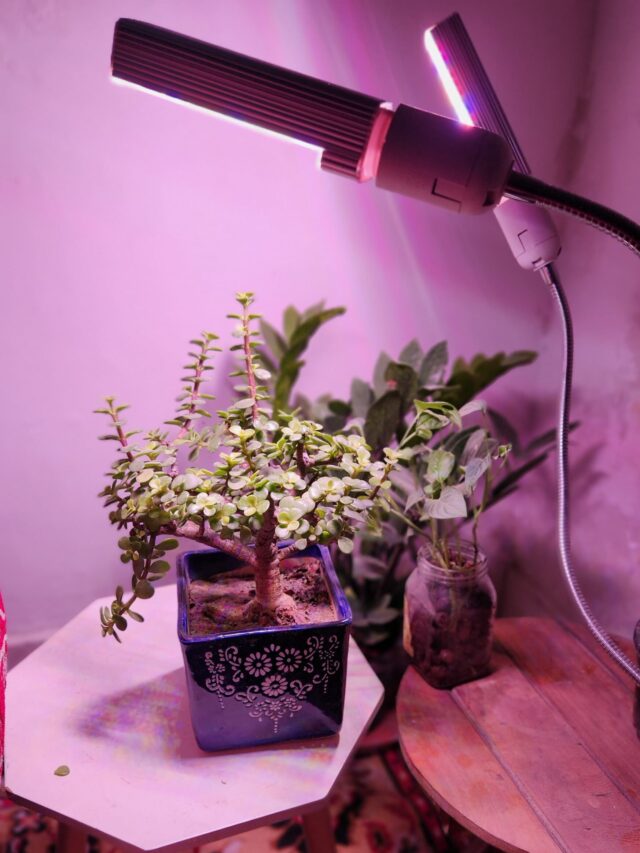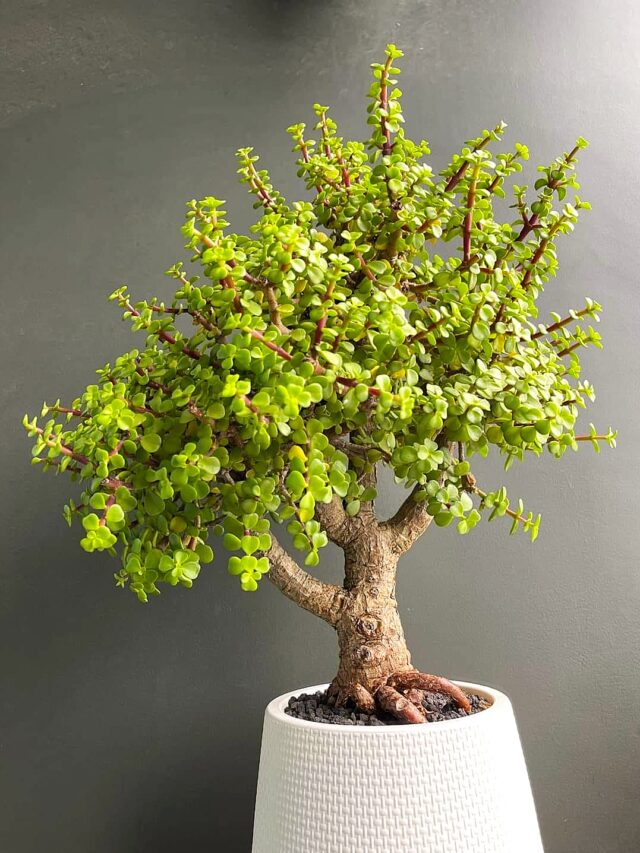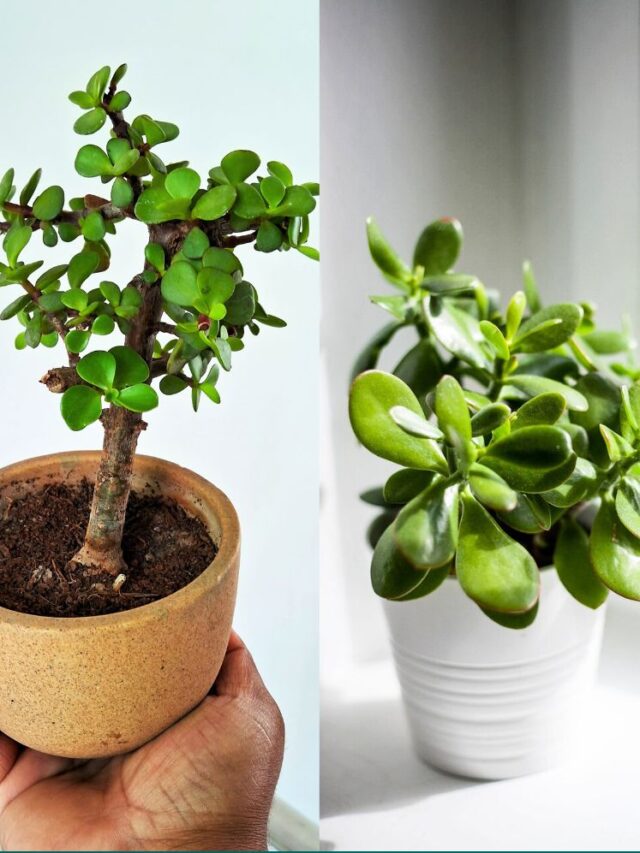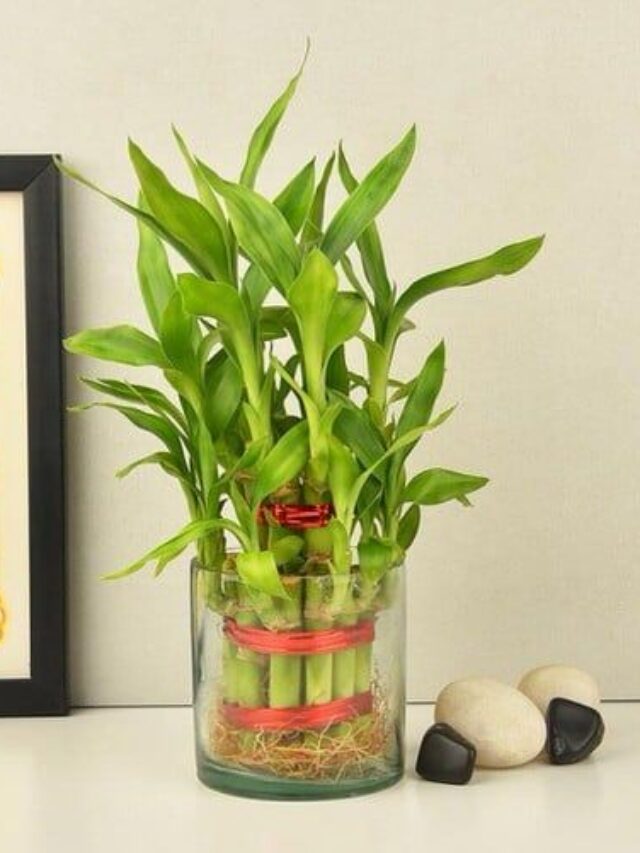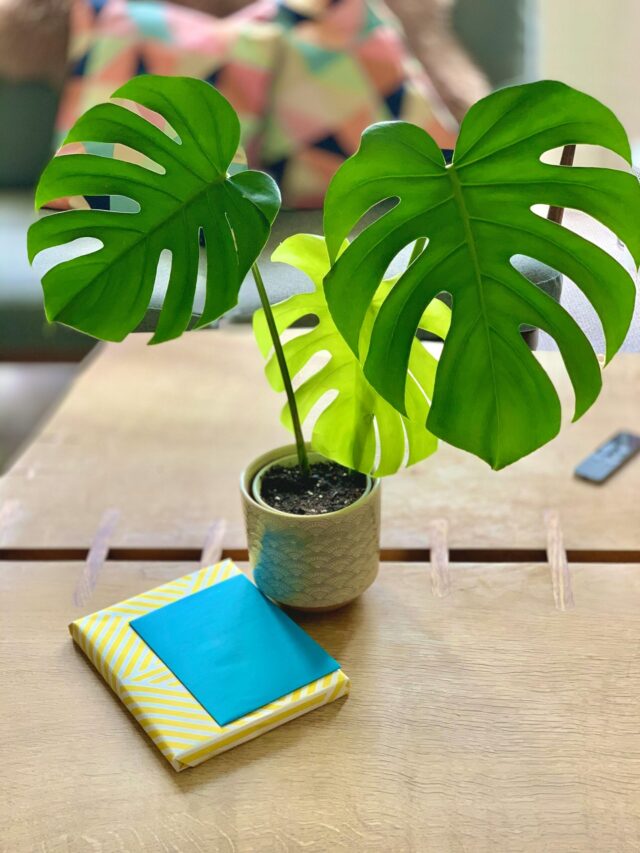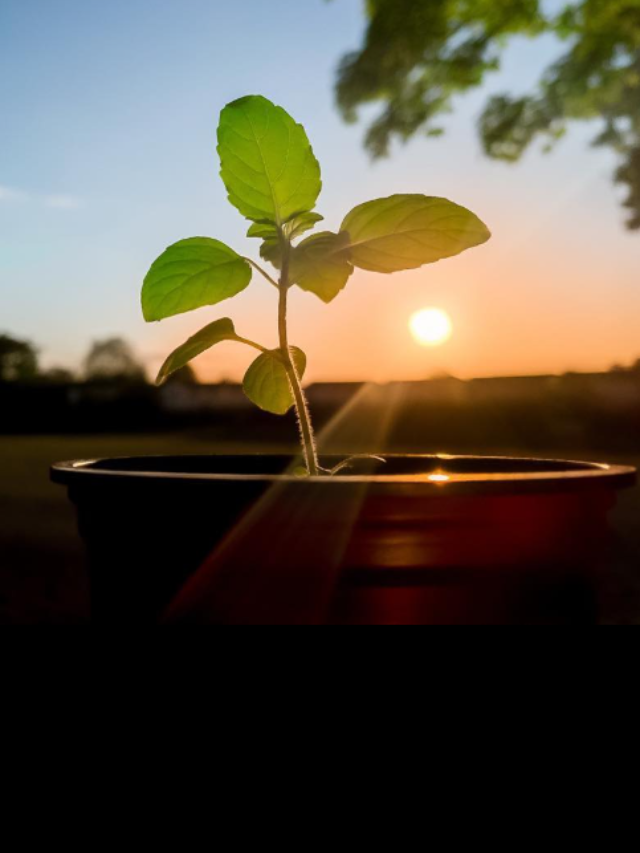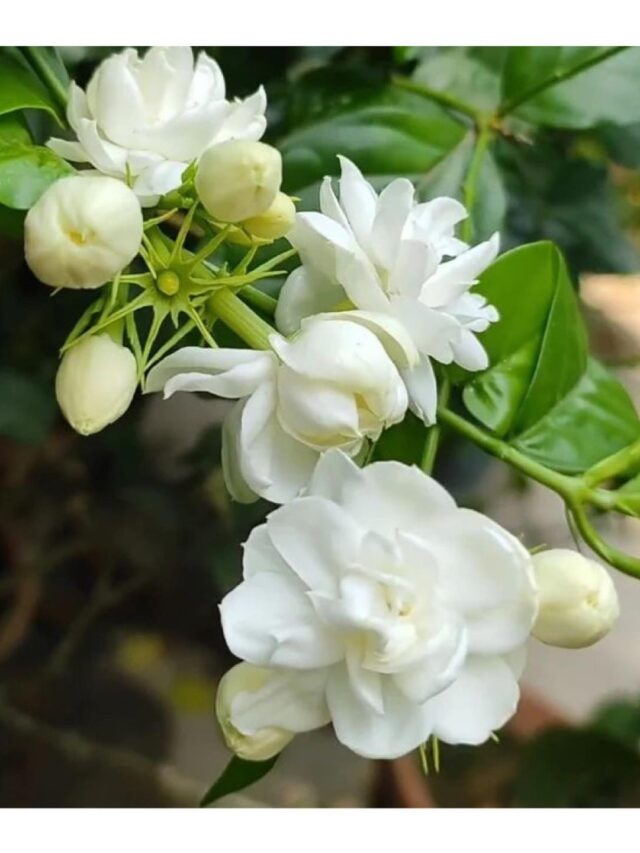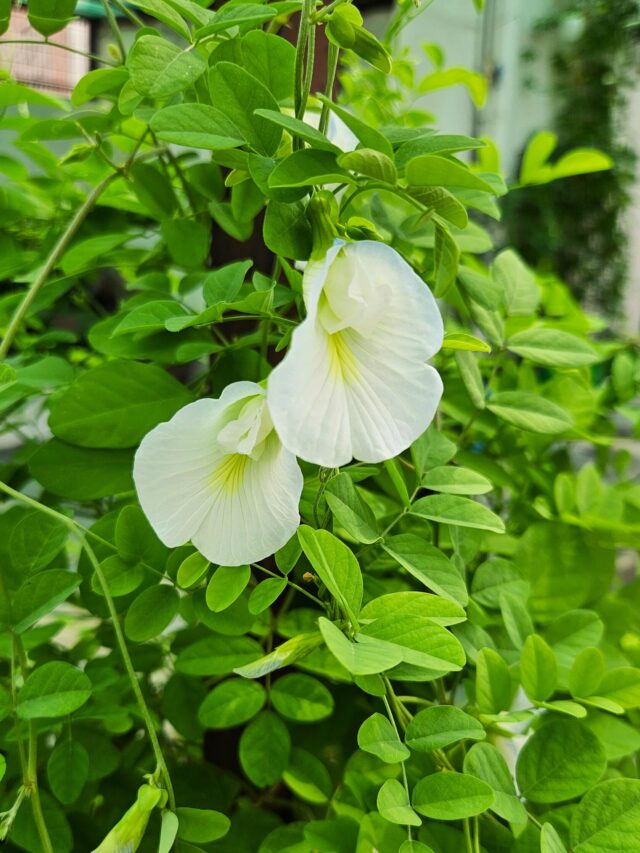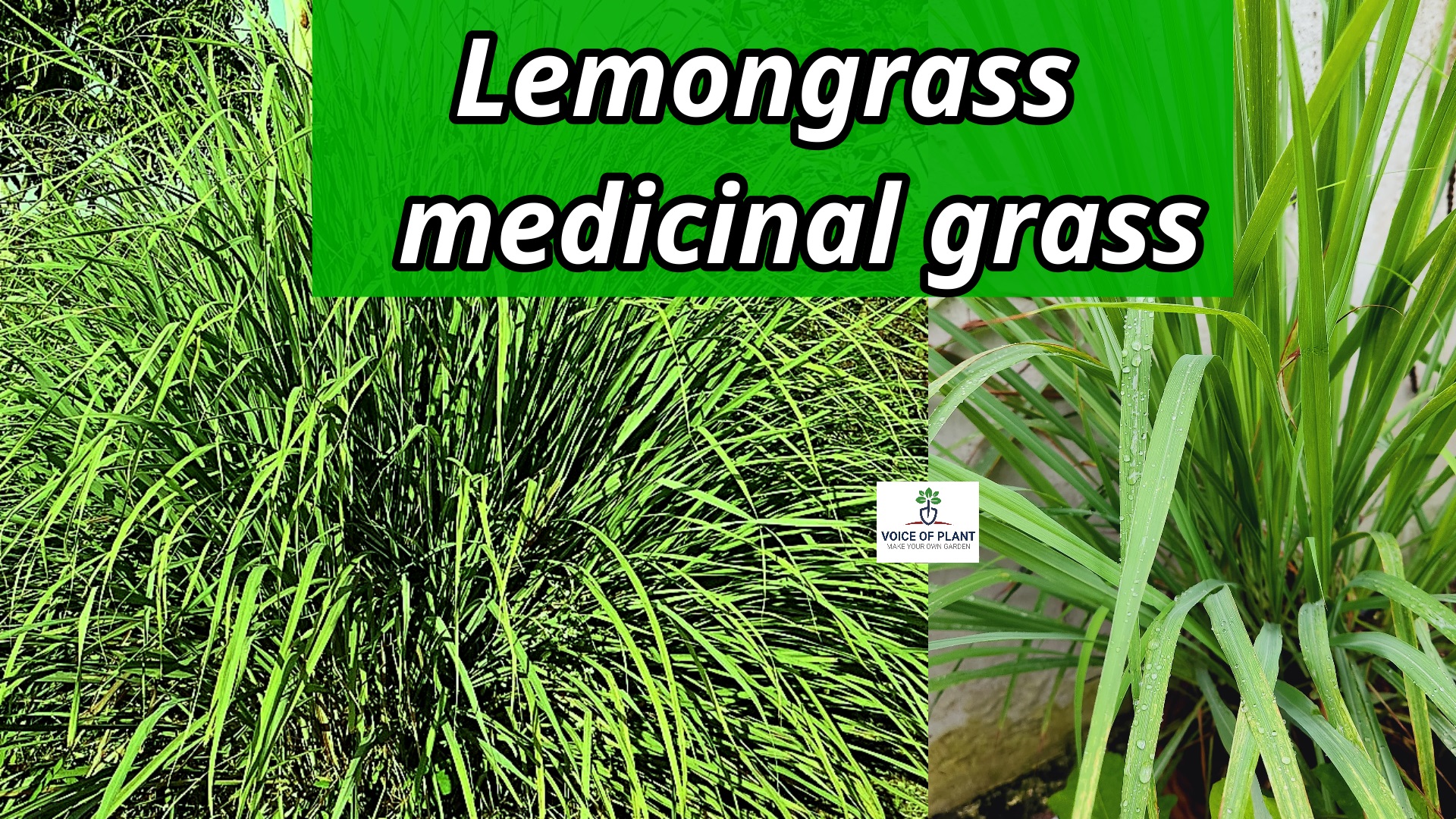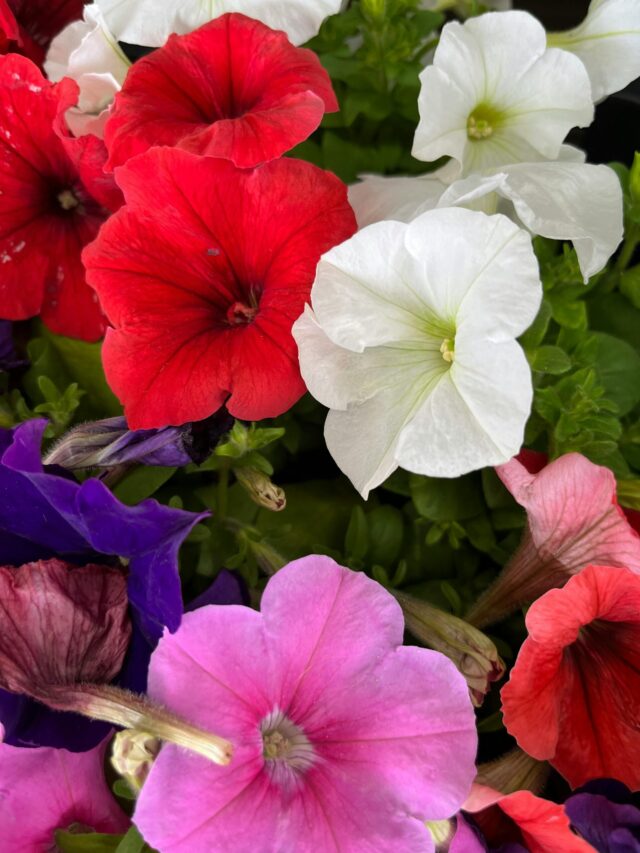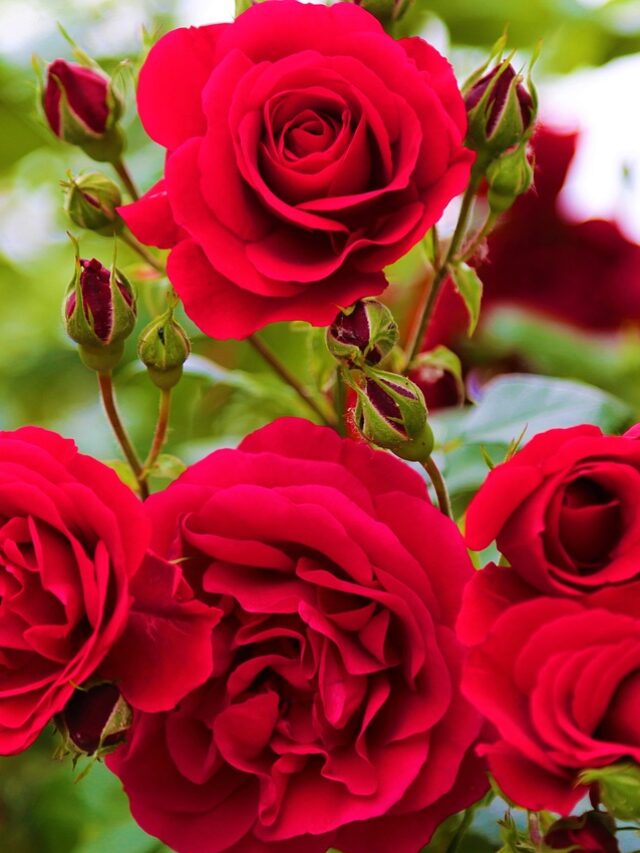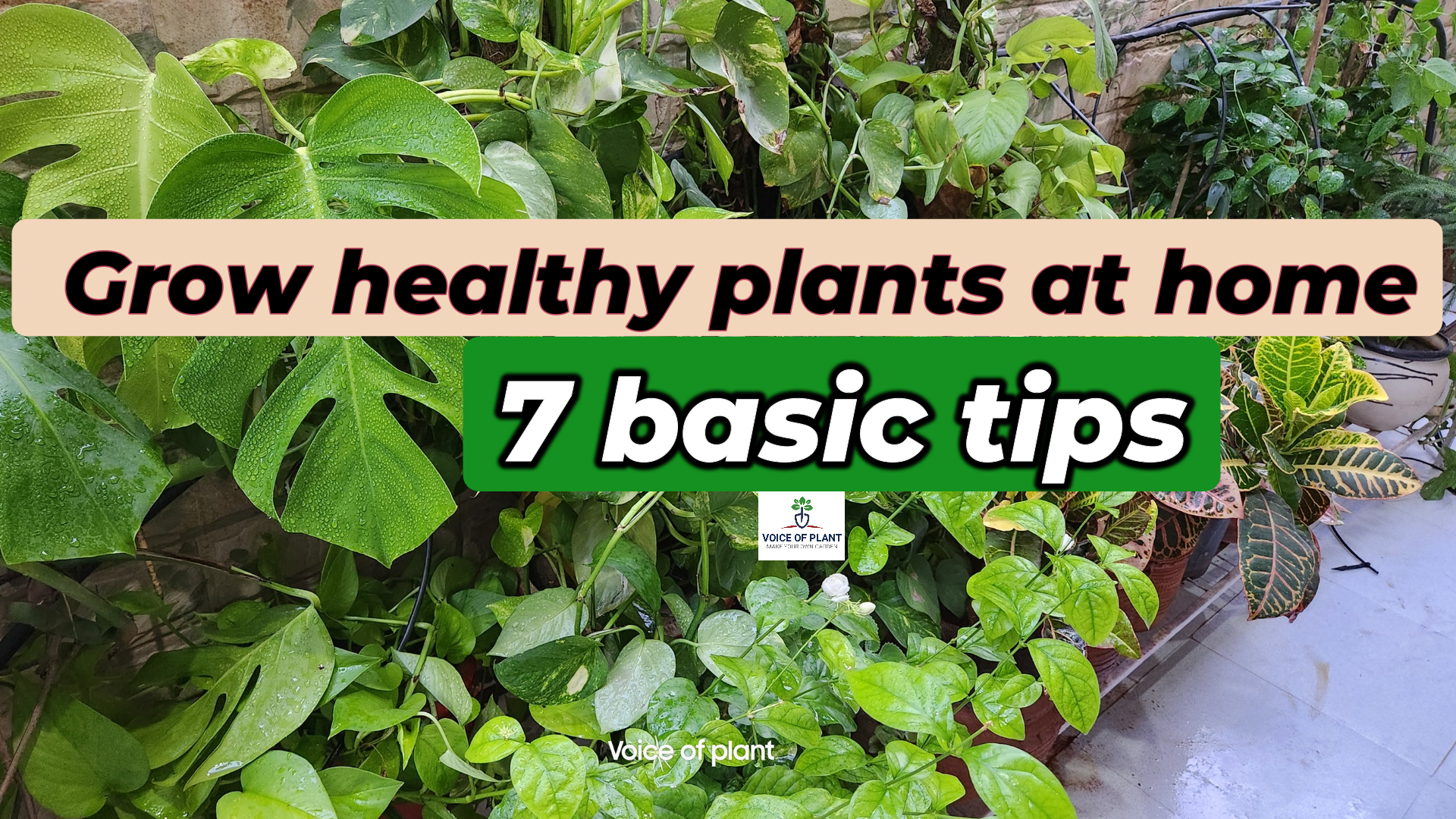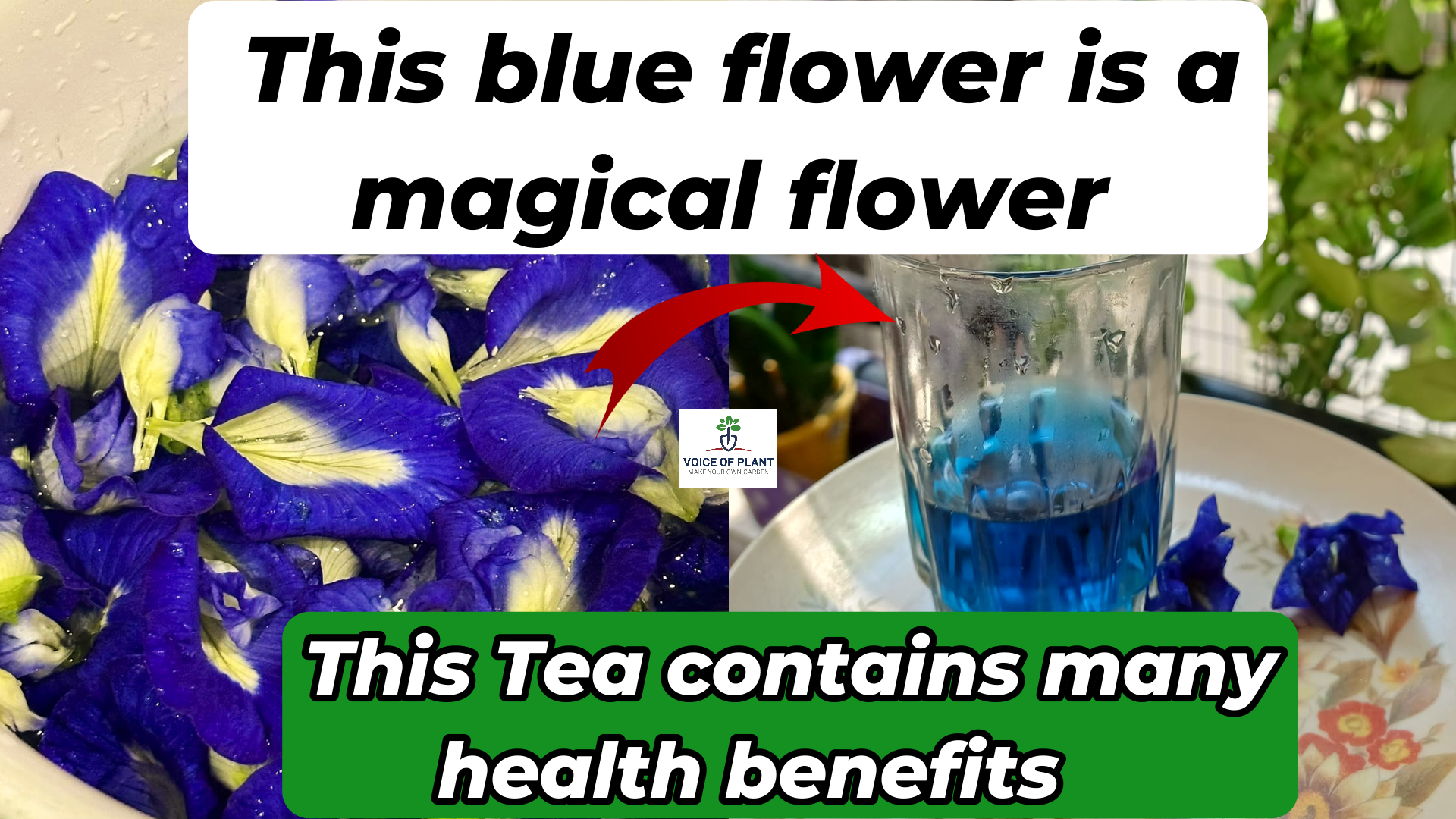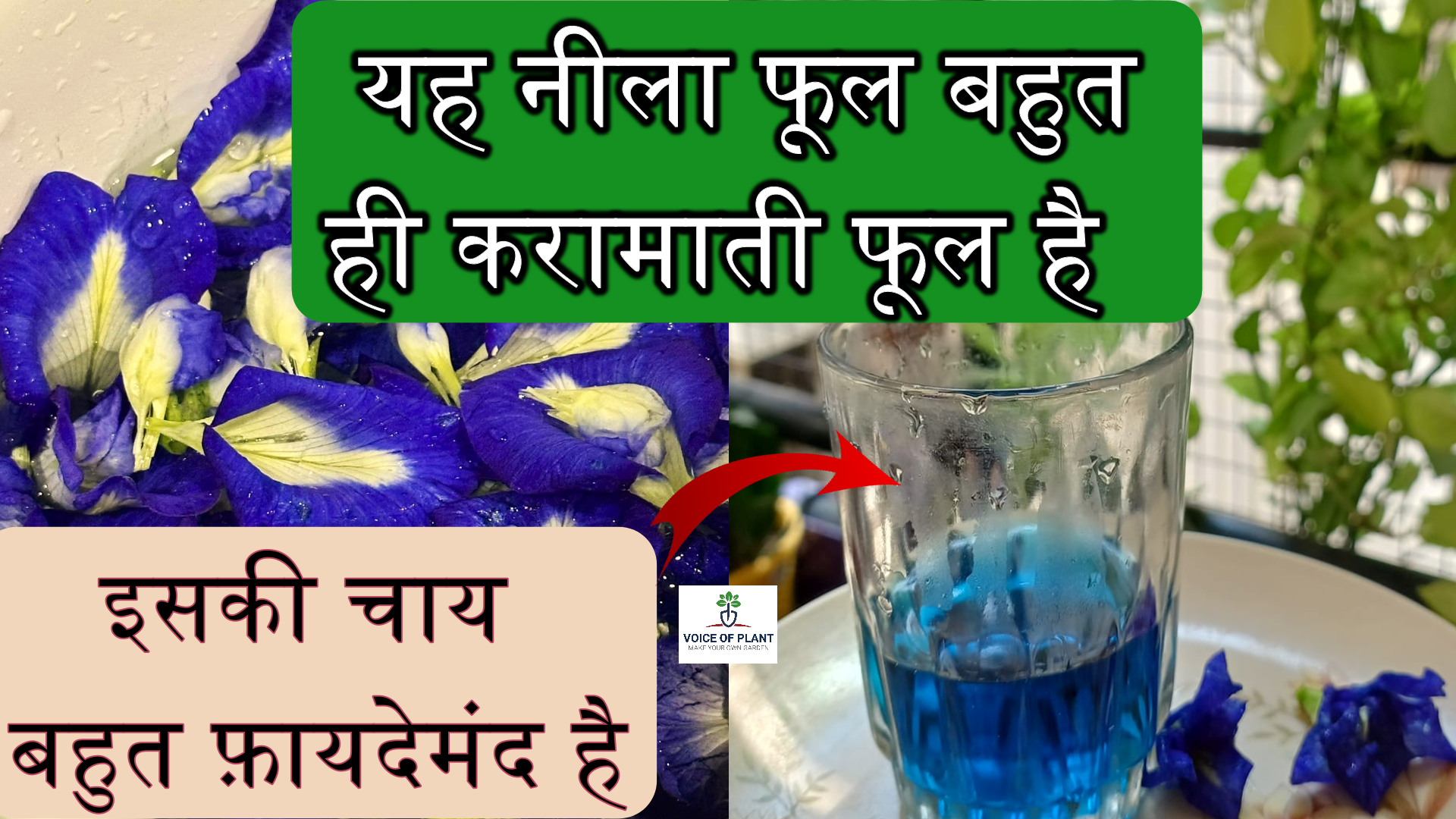Lemongrass Tea Benefits: A Healthy Alternative to Traditional Teas
In today’s world, there is no shortage of tea options. With a wide variety of teas available in the market, herbal teas have gained significant popularity.

For instance, many people now prefer drinking chamomile tea. As more individuals become health-conscious, they are moving away from traditional milk tea and opting for teas made from various herbs. Among these, lemongrass tea has emerged as an excellent alternative.
What is Lemongrass Tea?
Lemongrass is a plant with long, thin green leaves. It has been used in Ayurveda for treating various ailments.
- To make lemongrass tea, the leaves and stalks of the plant are boiled in water, releasing its natural essence.
- It can also be consumed in the form of juice.
Lemongrass Tea Benefits
Lemongrass tea, a herbal infusion made from a grassy plant, is different. It’s packed with medicinal properties that can do wonders for your body, making it an excellent addition to your daily routine.
1. Enhances Digestion
Lemongrass tea is known to strengthen the digestive system.
- It aids in smooth digestion, alleviates bloating, gas, and acidity, and keeps your gut clean.
- Regular consumption of lemongrass tea can also help prevent common digestive issues like nausea, diarrhea, and stomach pain.
Must read:
Health Benefits of Aprajita Blue Flower Tea
2. Controls Cholesterol Levels
Drinking lemongrass tea regularly can help maintain healthy cholesterol levels.
- It reduces bad cholesterol (LDL) and supports heart health by preventing the buildup of cholesterol that could lead to heart disease.
- Incorporating lemongrass tea into your diet is a simple yet effective way to keep your heart healthy.
3. Aids in Weight Loss
If you’re struggling with weight management, lemongrass tea can be a valuable ally.
- It boosts metabolism, which helps in burning fat more efficiently. This makes it an excellent choice for those looking to shed a few pounds naturally.
- Drinking lemongrass tea daily can contribute to faster weight loss and help you maintain a healthy weight.
4. Regulates Blood Pressure
Lemongrass tea has been found to help regulate blood pressure levels, making it beneficial for those with hypertension.
- It also aids in controlling blood sugar levels, making it a good choice for individuals with diabetes.
- By incorporating this tea into your routine, you can help manage these conditions more effectively.
5. Rich in Antioxidants and Anti-Cancer Properties
Lemongrass is loaded with antioxidants, which protect your cells from damage caused by free radicals.
- It also possesses anti-cancer, antifungal, antibacterial, and antidepressant properties.
- The presence of essential nutrients like Vitamin A, folic acid, zinc, copper, iron, potassium, phosphorus, calcium, and manganese makes lemongrass a powerhouse of health benefits.
Regular consumption of lemongrass tea can contribute to overall well-being and may even reduce the risk of certain cancers.
Incorporating lemongrass tea into your daily routine can be a simple yet powerful way to enhance your health.
- From improving digestion to reducing stress, this herbal tea offers a wide range of benefits that can help you maintain a healthier lifestyle.
———————————
Follow our Social media channel:
1. Voice of Plant – YouTube Channel
2. Voice of Plant Facebook Page
3. Instagram Voice of Plant Channel
Happy gardening!
